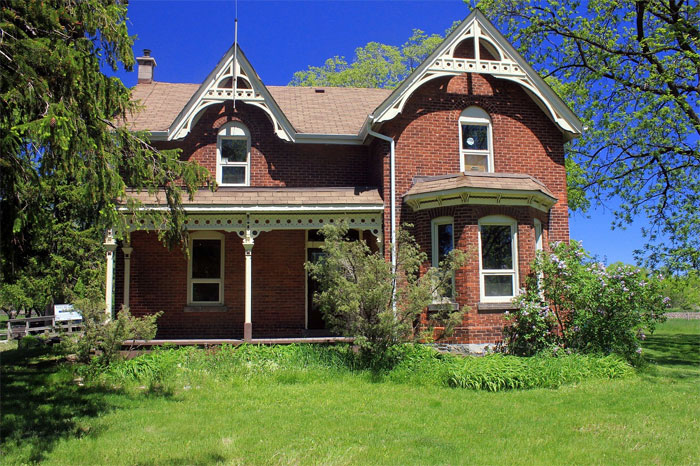Le prix
d’une maison en Floride a encore augmenté en juin en raison de la combinaison
des taux d’intérêts, une demande élevée et une diminution du nombre de maisons
à vendre.
;
Dans la ville de Broward, le prix médian a atteint $378.000,
soit $85.700 de plus que l’année dernière.
Le prix médian de Palm Beach a dépassé les $400.000 en juin pour la première
fois.
;
Les agents
immobiliers du sud de la Floride disent que les Baby boomers arrivant à la
retraite, héritant de l’argent de
leurs parents sont à l’origine de cette hausse du marché immobilier en Floride.
La Floride est une zone où les prix sont encore abordables comparés
à d’autres villes métropolitaines telles que New York, San Francisco et Boston.
;
A propos
du vieillissement de la population en Floride
;
Florida’s elder population is
increasingly diverse, living longer and staying healthier, but financial security
for the oldest and poorest remains a critical issue for Florida’s future,
according to a recently released report published by Florida State University’s
Pepper Institute on Aging and Public Policy.
Poverty levels among elders have fallen, but many live close to the edge;
Charlotte County is still home to the largest percentage of residents 65 and
older; and a national poll on Social Security notes growing concerns as people
of all ages learn more about proposed reforms.
The 2004 volume, titled "Florida’s Aging Population: Critical Issues
for Florida’s Future," is the Pepper Institute’s second edition of its
elder almanac, which debuted in 2002 to provide a biannual snapshot of key
data and research. The compilation currently is being distributed to Florida
lawmakers and agency heads.
"While many aging Floridians are doing well, we hope our report leads
to a legislative focus on groups at the fringes, where people get lost,"
said Marie E. Cowart, dean emeritus of the FSU College of Social Sciences,
referring to elders who fall into one or more categories that include racial
or ethnic minorities, those living in poverty, and the "oldest old"
— residents 85 and older. Cowart, a Pepper Institute research affiliate,
co-edited the report with Institute director David Macpherson, FSU’s Rod and
Hope Brim Eminent Scholar in Economics.
The almanac’s current edition allots an entire section to results from a state
and national public opinion poll on proposed changes to Social Security. According
to Macpherson, initial perceptions about proposed reforms grew less enthusiastic
as those polled learned more about them. Commissioned last fall by the Claude
Pepper Foundation, the random poll questioned a highly representative sample
of 600 voters nationally and 150 within Florida.
"Florida’s Aging Population" provides government estimates and comparative
data from 2000, 2001 and 2004, highlighting Florida’s changing elder demographics
based upon age, race and ethnicity; other conditions such as poverty and disabilities
that put residents at increased risk; and the distribution of these factors
in each county throughout the state.
Charlotte County remains the state’s oldest — 35 percent of its residents
are 65 and older — while elders in the same age bracket comprise 17.6 percent
of the population statewide — a slight drop of .75 percent from 2000. One-fifth
of older Floridians live alone, just over 10 percent live in rural areas,
and 15 percent list two or more disabilities.
Residents 85 and older now make up 2.15 percent of the total population of
Florida. While the report reveals an insignificantly small percentage increase
in the state’s oldest old since 2001, the group has added 45,000 people to
its ranks along with likely increases in the need for long-term services.
Data from 2004 reflects a 4 percent statewide drop since 2000 in the number
of Florida elders living within the federal poverty income guidelines — from
nearly 13 percent of those 60 and older to just under 9 percent statewide.
Macpherson and Cowart hypothesized that the trend was attributable to the
influx of more affluent newcomers to the state, while more dramatic declines
in poverty levels within the Big Bend and Panhandle regions appeared to be
tied to new residential developments in former rural agricultural areas.
Still, Cowart cautions that many of Florida’s elders hover close to the poverty
line, with the oldest old managing on the lowest incomes as inflation takes
its inexorable toll. In some Florida counties — Madison, Hamilton and Dixie
— between 31 and 40 percent of those 60 and older live in poverty. In 2004,
13 percent of older Floridians lived below 125 percent of the poverty levels
of $9,310 for an individual and $12,490 for a couple
"Unfortunately, income effectively shrinks the older you get, putting
our most frail Floridians at greatest risk," she said.
The report — funded by The Claude Pepper Center — also features:
• A description of a groundbreaking FSU study of assisted living facilities
in Florida that will serve to establish baseline data throughout the state;
• An overview of FSU-led research on the use of technology by the elderly,
which aims to inspire technology design that enhances the usability of products
for older adults;
• An FSU study of different areas of memory functioning, with potential application
in the design of memory intervention programs for those with Alzheimer’s and
other impairments.



